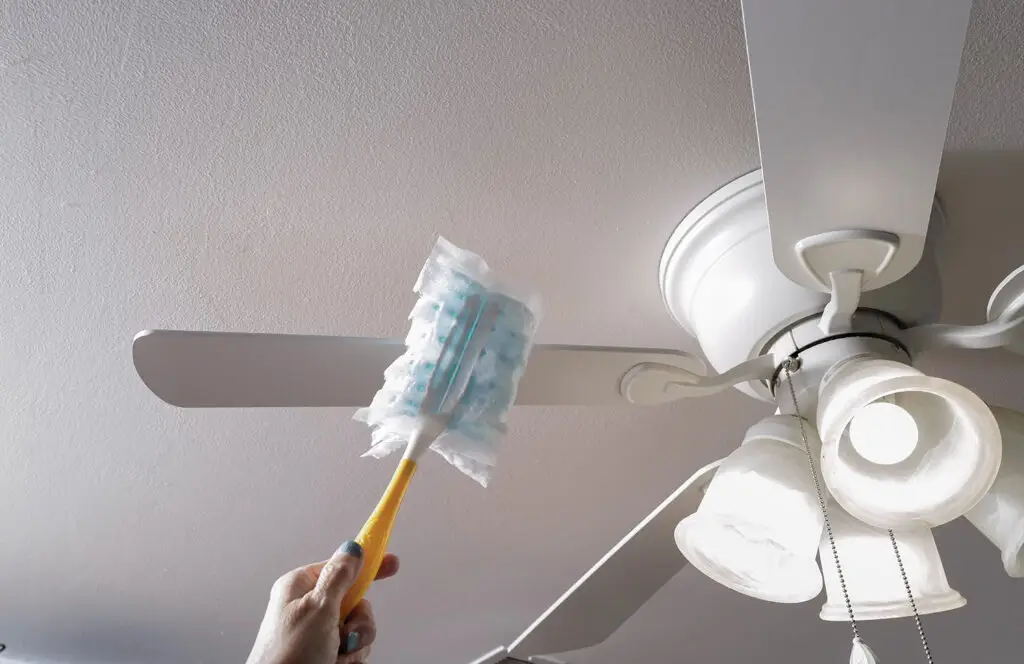What are some energy-saving tasks I can add to my spring cleaning list?
Spring is a great time to refresh, clean and enhance energy efficiency at home. By adopting simple yet effective energy-saving strategies during our spring-cleaning routines, we can create an efficient living environment that may also lower our utility bills and extend the life of our heavily used appliances.
Be sure to include these spring cleaning tips to add some energy savings to the job.
Even though it’s out of sight, don’t leave it out of mind. Check the filter in your HVAC system. Your furnace worked hard during the winter. Ensuring your system has a clean filter is a low-cost and easy way to protect your equipment and maximize efficiency. A dirty furnace filter can cause your system to work harder than necessary, decreasing efficiency and shortening the system’s life.

While cleaning light fixtures and fixture covers, check your bulbs and replace any incandescent or compact fluorescent bulbs with energy-saving LEDs.
Photo courtesy Mark Gilliland, Pioneer Utility Resources
While the filter is easy to replace yourself, you should have your air conditioning serviced and professionally cleaned. Both the indoor and outdoor units should be cleaned. Dirty refrigerant coils reduce efficiency. This also applies to heat pumps and ductless heat pumps, also known as mini-split systems. The technician can check refrigerant levels and refill or repair if necessary.
HVAC contractors get busy responding to calls for repairs during the summer heat. Scheduling cleaning services for your air conditioning in the spring—before the heat of the summer—can ensure the work gets done before the rush and even save you money. Some HVAC contractors offer special discounts for cleaning services in the milder months, which helps fill their schedules and keep their technicians working.
Window AC units can get dirty, too. They can be cleaned with the proper tools, cleaning agents and know-how. Always unplug before cleaning, and wait until completely dry to plug it back in again. Take the time to clean it properly in the spring before you need it in the summer.
Cleaning light fixtures and fixture covers can brighten your space by removing dust and grime collected during the winter. While you are at it, be sure to check your bulbs and replace any incandescent or compact fluorescent with energy-saving LEDs. Although they tend to cost a little more, LEDs last longer and use less energy.
Good-quality LED light bulbs are expected to last 30,000 to 50,000 hours, according to the Department of Energy. A typical incandescent lamp lasts about 1,000 hours, and a comparable CFL lasts 8,000 to 10,000 hours. To put this into everyday use, if you have an LED light on for 10 hours per day, it can last 13 years compared to only about three months for incandescent bulbs and about two-and-a-half years for CFLs.
Don’t forget the oven. A clean oven heats more evenly and quickly, providing better results and lower energy use. A clean oven window allows you to see the food and how it’s cooking without opening the oven door, which wastes energy.
If cleaning windows is on the list, check the seals and sash locks to ensure they close tightly. Check for any areas that need caulking or sealing to reduce drafts. Sealing around windows contributes to year-round comfort in your home. Clean windows also allow more light into the home, reducing the need to turn on lamps and overhead fixtures.
Spring is the ideal time to declutter, deep clean and implement practices that not only tidy our homes but also reduce energy consumption, contributing positively to our homes’ energy efficiency and saving money on energy use.
Miranda Boutelle is the chief operating officer at Efficiency Services Group in Oregon, a cooperatively owned energy efficiency company. She has more than 20 years of experience helping people save energy at home, and she writes on energy efficiency topics for the National Rural Electric Cooperative Association, the national trade association representing nearly 900 electric co-ops.




